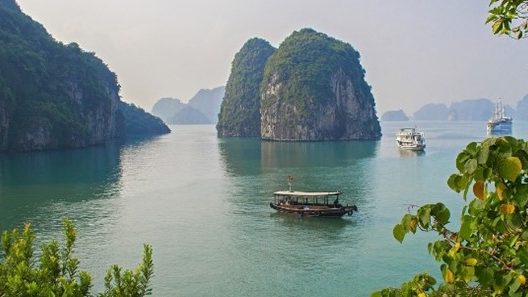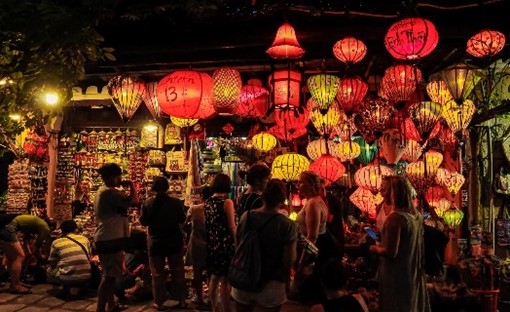Vietnam, a popular tourist destination because of its beaches, culture, food, and friendly people, is located on the Indochina peninsula in Southeast Asia, neighboring China, Laos, and Cambodia. The story of Vietnam is one of resilience and cultural richness. Its prehistory is marked by the presence of ancient civilizations along the banks of its fertile river.

The First State in Vietnam was established in the 7th century B.C. With the hard work and creativity of the Van Lang (and then Au Lac) inhabitants created a civilization that influenced the entire Southeast Asian region. Since the 2nd century B.C., Vietnam has been dominated by different Chinese dynasties for years. During this period, the existence of the nation had been challenged. But with the formation of the first State in Vietnam’s history was the evolution of a diverse economy and an advanced civilization known as the Red River Civilization. The mid-20th century witnessed the harrowing Vietnam War, a conflict that left a mark on the nation and the world. The struggle between North Vietnam (led by the communist government under Ho Chi Minh) and South Vietnam (supported by the United States and its allies) resulted in widespread devastation and loss of life. The war ended in 1975 with the unification of North and South Vietnam under communist rule. Until the late 20th century, the Vietnamese had hundreds of struggles and uprisings against foreign aggressions. Today, Vietnam stands as a dynamic and developing nation. Its economic success, vibrant culture, and colorful landscapes have made it a popular destination for tourists as well as investors. Vietnam’s journey through time reflects a nation that has overcome struggles with grace and determination.
This Southeast Asian country is quite popular among travelers for its vibrant city life serene waters and deep forests, apart from these Vietnam is also famous for its cuisine and fun activities. Vietnam is a multi-ethnic country with about 54 ethnic groups coexisting peacefully, it ranks 13th among the most populous countries in the world. All ethnic groups have their own unique cultures with diverse beliefs and religions. One of the reasons for it being popular among travelers is its lower currency rate. The official currency of this country is the Vietnamese Dong. VND 1 is equal to USD 0.00004. The list of places to visit and things to do in Vietnam is quite long, some of them include, Halong Bay, which is one of the best views in Vietnam by UNESCO world heritage.
Temple of Literature, located in Hanoi, is a good place to immerse yourself in Vietnamese history and archaeology; The Perfume River, defusing aroma from underwater flora and fauna, is one of the most underrated places in Vietnam.

Vietnam is a country where tourists can visit all four seasons. The best tourist season is from November to April, there are a lot of ritual ceremonies and folk festivals of many diverse forms, such as folk cultural festivals, spring festivals, and prayer ceremonies for good crops; the most interesting festival is the Lunar New Year Festival. In conclusion, the story of Vietnam’s struggles and triumphs, from its prehistoric roots to the modern era, Vietnam has endured and evolved.
ARTICLE BY – ANUSHKA JADEJA | EDITED BY – SAHIL HARVANI

